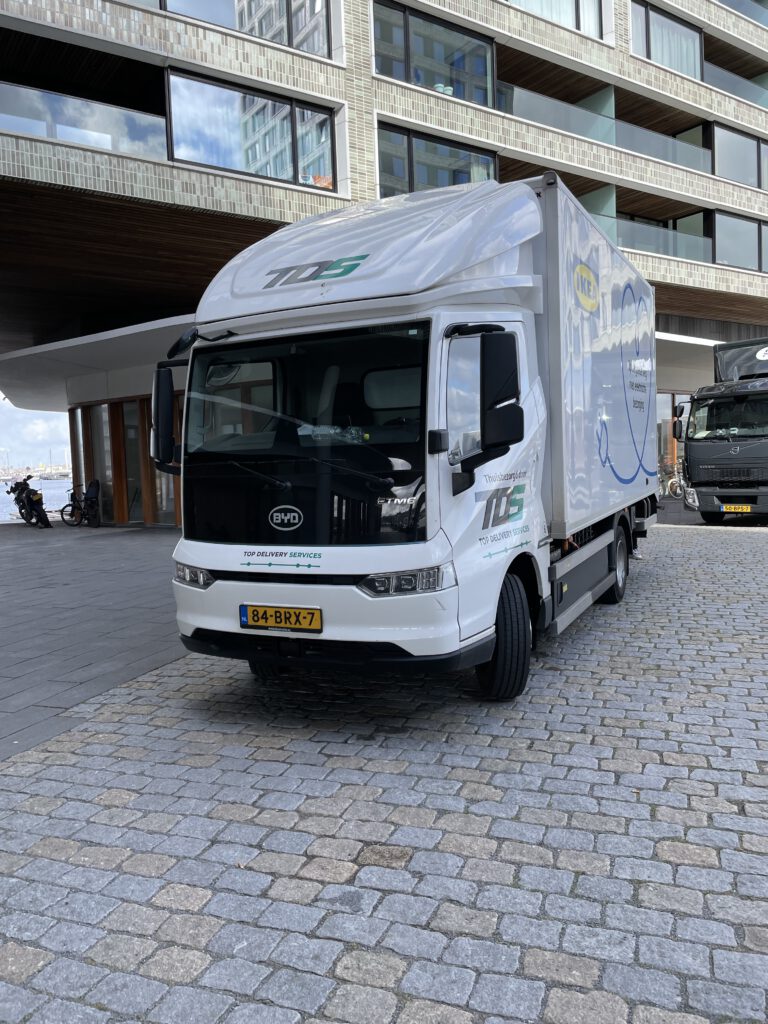Last-mile delivery (LMD) is a challenging and costly supply chain process that involves direct customer interaction. Last-mile logistics is an emerging research area. In particular, the European Commission Directorate General for Energy and Transport provides guidelines for abnormal road transport, such as heavy, bulky, and oversized (HBO) products.
Review of literature
Many research articles and literature review studies from the perspective of different stakeholders have been published on LMD in the last few years. The delivery of HBO products is more challenging in many ways than parcel delivery. Although HBO products yield the most profitable sales, the LMD of HBOs is less studied than that of parcel deliveries.
This research used a descriptive review method to scan 195 published articles and reports on LMDs and HBOs. The results identified the challenges in the field and the need for separate approaches for different customer segments, such as rural and urban customers and older and younger customers when formulating delivery strategies.
The researchers reviewed the last-mile delivery (LMD) of heavy and bulky objects (HBO). They categorized HBO product delivery into two primary areas: (i) home delivery of HBOs and (ii) delivery of large-sized cargo. They began by addressing the urgent need for innovative tools to support practitioners in HBO product delivery, followed by a discussion of the limited academic research on these topics.
The rapid growth of online shopping has made last-mile delivery a critical issue in today’s business landscape. According to a recent survey, 38% of U.S. internet users reported receiving their online purchases within one day. The COVID-19 pandemic, due to lockdowns and health concerns, has further accelerated the shift toward online shopping. This surge in consumer demand has led to increased shipping volumes, putting additional strain on distribution networks.

Research gap
One notable gap in the research is the limited attention to the effects of COVID-19 on the LMD of HBO products. A common challenge identified in the literature is the stark contrast between urban and rural HBO distribution. Urban areas face problems such as traffic congestion and regulatory restrictions, while rural areas struggle with inadequate transportation infrastructure and higher delivery costs to remote locations.
Market reports also show differences in demand for HBO products’ LMD across customer segments, particularly between younger and older consumers. As a result, varying customer expectations and shopping behaviors should be considered when planning HBO deliveries.
Lastly, rising delivery costs and inefficiencies continue to challenge profitability and customer satisfaction. The lack of quantitative research and advanced software that addresses HBO LMD’s unique challenges underscores the need for decision-makers to find near-optimal solutions in their planning processes.
Recommendations
- Utilize data analysis to identify differences in the needs of rural and urban customers and tailor delivery strategies accordingly.
- Leverage data analysis to distinguish between the preferences of older and younger customers and design delivery strategies that align with their specific needs.
- Use data analysis to identify factors influencing service adoption among customer segments (e.g., economic, environmental, and social factors) and adjust delivery strategies based on these insights.
- Develop advanced software and algorithms to analyze delivery costs and service adoption factors. These can: (1) Dynamically adjust pricing, optimize packaging, sorting, truck loading, routing, installation procedures, cleaning, team selection, and forecast delivery success or failure. This includes analyzing the impact of deliveries on various customer segments and integrating design, manufacturing, and logistical concerns. (2) Offer solutions for issues such as capacity failures or real-time changes in delivery, including developing machine learning models to handle delivery constraints or selecting a mix of service providers using cost-benefit analysis (e.g., game-theoretic models).
Also, check out: The future of Urban Two-person deliveries
